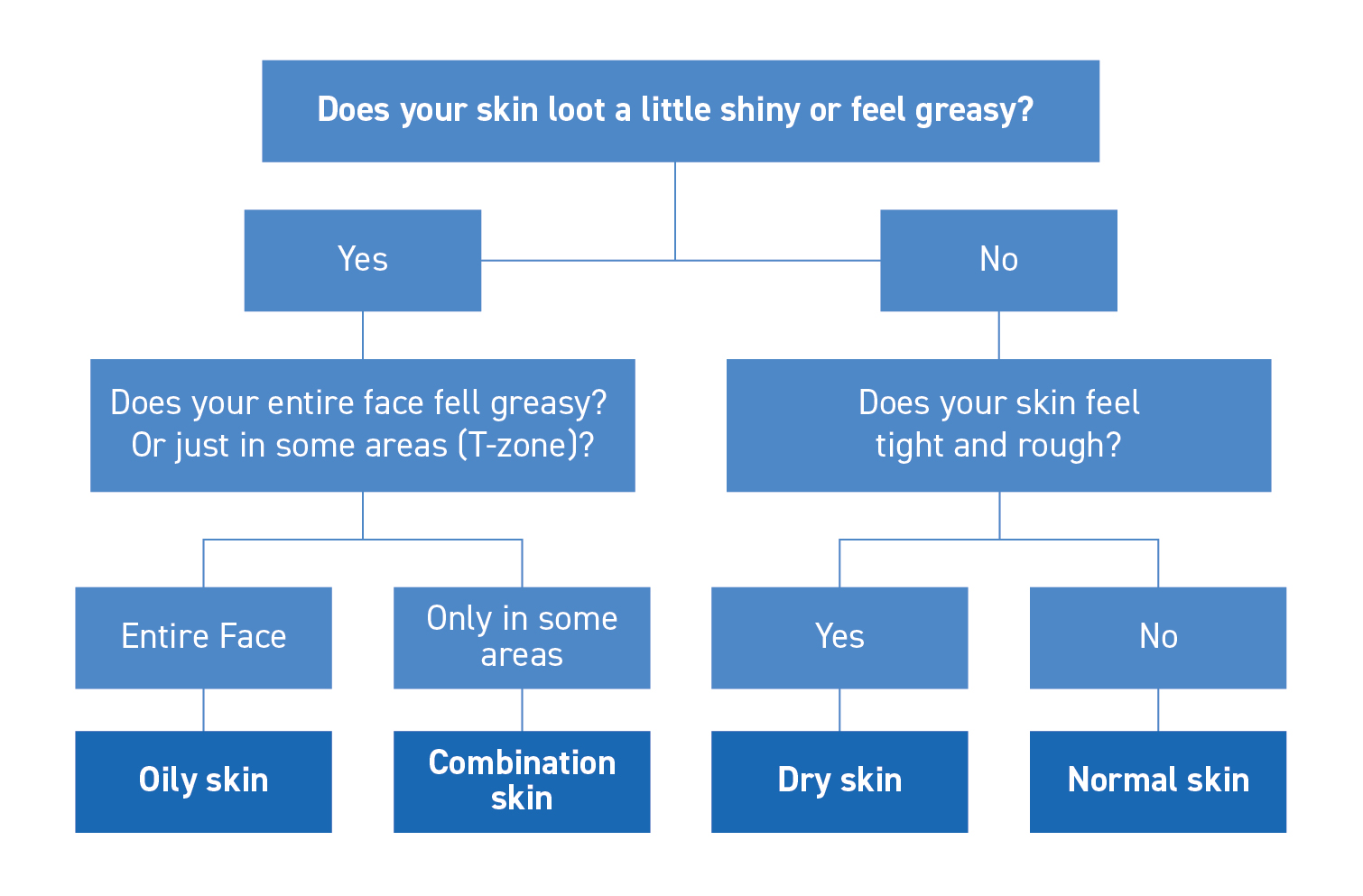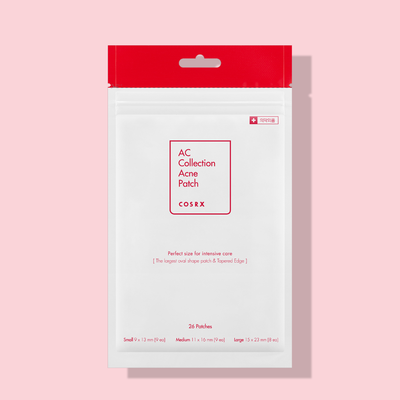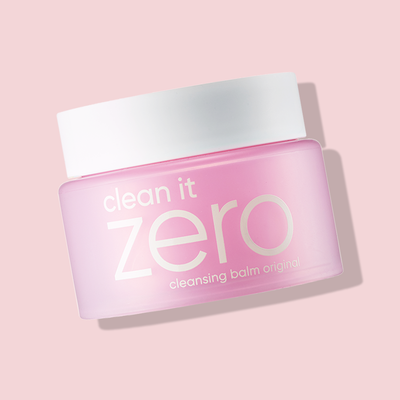My Skin Type Journey I : How to Figure out Your Skin Type
My Skin Type Journey I:
How to Figure out Your Skin Type

Keina Yuan
K-Beauty Editor
Amongst all the hype of skincare and makeup, there is one thing that should come first before you go and buy all those moisturisers and foundations.
What is it? Well, it's your skin type! Ah… So what is your skin type? This elusive question can often be confusing and extremely complex but good news; we’re here to break that down for you!
Although everyone’s skin is unique, luckily there are only 4 main skin types;

Sensitivity, acne and other issues on the other hand are more so conditions that can occur with any skin type. So, it is completely possible to have oily skin with frequent breakouts and clogged pores. But it is also entirely possible to have still oily skin but little to no breakouts.
Our skin also can't just be one skin type. The condition of our skin is highly dependent on our genetics, the environment and the products we use.
Here are two quick tests you can try at home to figure out your skin type.
THE BARE FACE METHOD
So the next time you wash your face, use a mild, gentle cleanser and pat your face dry with a towel. Remember NOT to apply any skincare afterwards!!! After about 20 - 30 minutes examine your face for any signs of shine or grease.

THE BLOTTING SHEET METHOD
Like the “Bare Face Method” after you cleanse and pat down your face, wait around 20 - 30 minutes without applying any skincare. Now apply a blotting sheet or a tissue on the following areas; your forehead, nose, cheeks, and chin. Carefully observe the amount of oils that the blotting sheet picked up, or if the blotting sheets stuck to your skin in certain areas.
If barely any oils were transferred onto the sheet, you most likely have dry skin. If the blotting sheets were able to stick all over your face, and a decent amount of oils was transferred onto the sheet, you most likely have oily skin.
On the other hand, if the blotting paper picks up more oils in some areas (usually the T-zone; forehead, nose and chin) and nearly none in other areas (usually the cheeks) of your skin you have combination skin.
Finally, if your skin did not produce too many oils but wasn't left feeling dry and flaky you have normal skin.

The Skin Types
Normal
Characteristics
Not too oily, not too dry
Not prone to sensitivity or acne
Small pores
Causes
Due to a good balance between water and lipids in skin → effective skin barrier
Tips
Cleanse, tone and moisturize daily. Use a gentle exfoliator from time to time.
Ingredients to look out for!
Green tea. Hyaluronic acid. Antioxidants. AHAs/PHAs/BHAs. Aloe Vera
Dry
Characteristics
Skin tends to be rough and dull (can be flaky or red in certain areas too). Pores are almost invisible.
Causes
Genetics/hormones/weather → naturally produces less sebum → Compromised barrier → excessive moisture loss Lack of epidermal lipids and naturally moisturizing factors.
Tips
Try not to wash your face with hot water and harsh soaps. Moisturizing is as important as hydrating!
Don’t be afraid of exfoliating.
Ingredients to look out for!
Ceramides. Allantoin. Hyaluronic acid. Propolis. AHAs/PHAs
Combination
Characteristics
Mixture of dryness (usually on cheeks) and oiliness (usually on T-zone) Visible pores → especially on T-zone Occasional breakouts.
Causes
Genetics/hormones/weather→ overproduction of sebum in some areas, lack of sebum production in other areas.
Tips
Try to use products which help to balance the skin → avoid harsh soaps (very alkaline) and opt for ones with a lower pH (closer to you skin’s natural pH)
Ingredients to look out for!
Green tea. Antioxidants. Centella. AHAs/BHAs. Hyaluronic acid
Oily
Characteristics
Skin becomes ‘glossy’ or ‘shiny’ straight after cleansing. Prone to comedones. Pores are enlarged. More prone to frequent breakouts and acne.
Causes
Genetics/hormones/weather/stress → overproduction of sebum all over the face. The use of comedogenic products → clogs pores → produces more oils to ‘flush out’
Tips
Avoid astringents and comedogenic products. Opt for BHAs instead of alcohols.
Ingredients to look out for!
Tea tree. Centella. AHAs/BHAs. Aloe Vera. Hyaluronic acid









Leave a comment